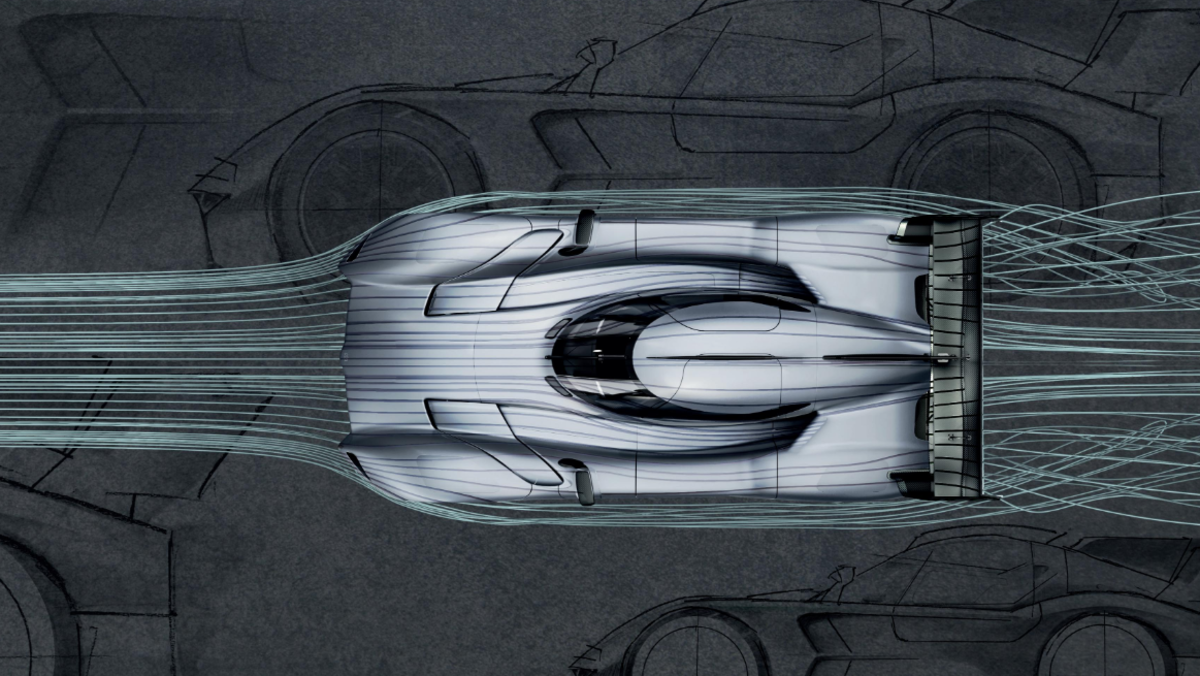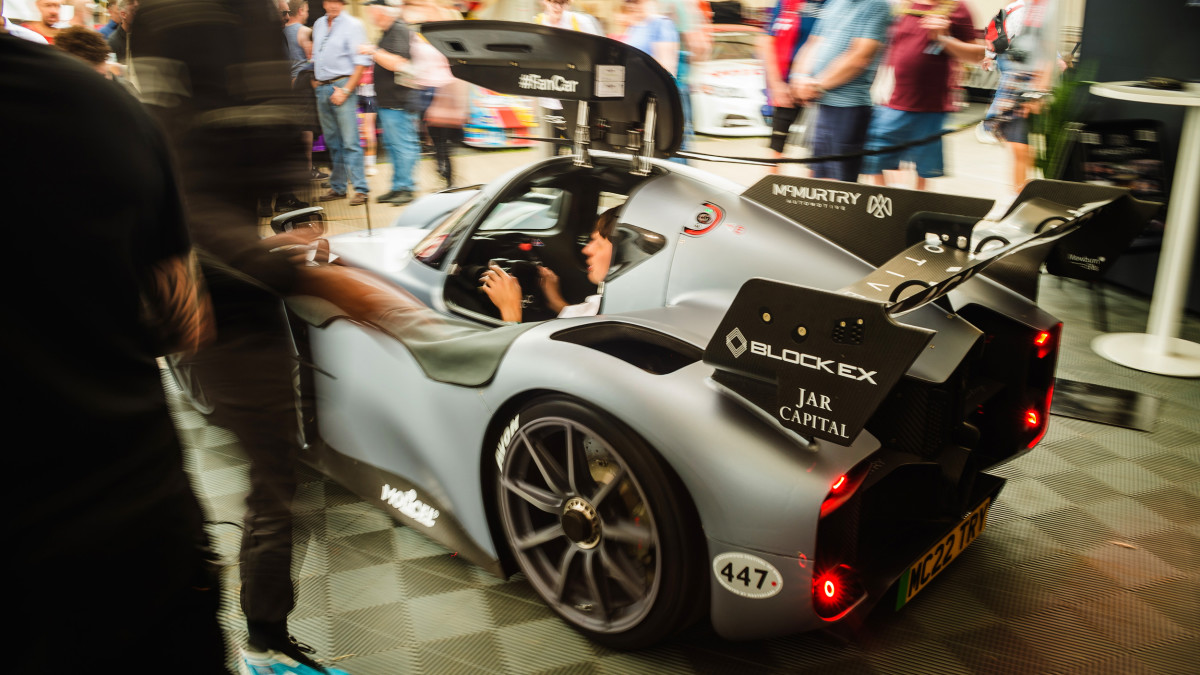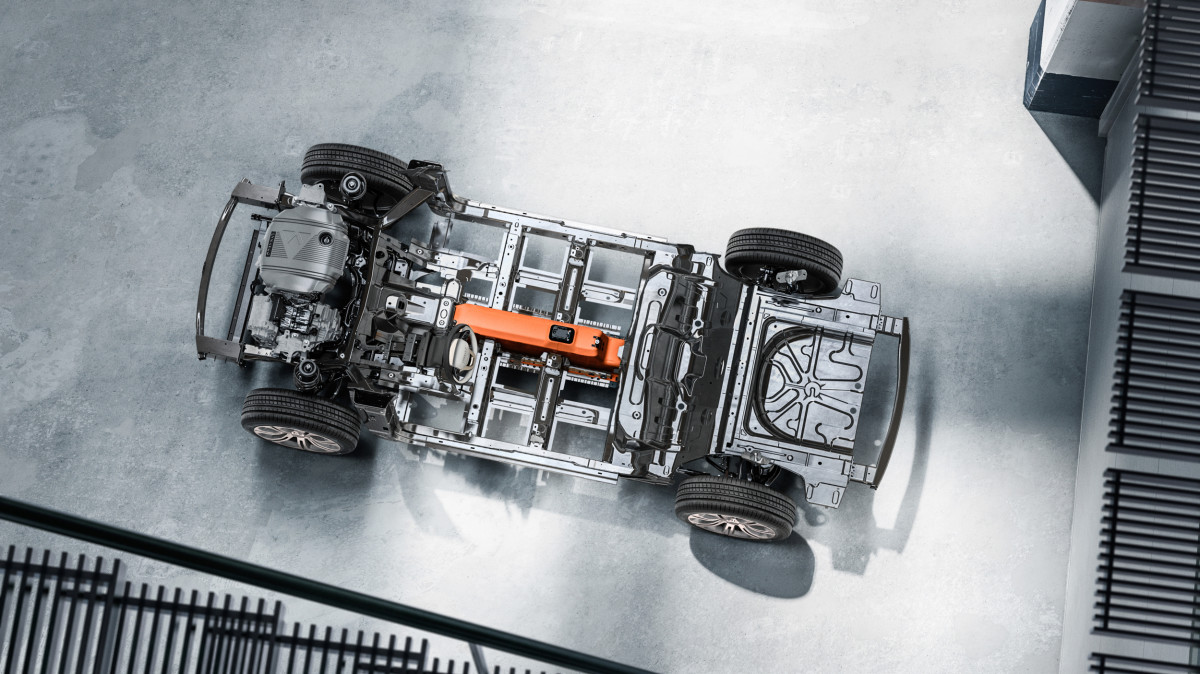Geeks love to get a little more power out of their hardware by digging deep in its guts, either literally or with software. A little gentle overclocking is usually safe, and in fact it’s expected to a certain degree by manufacturers. But an unorthodox method for laptops with discrete Nvidia RTX graphics cards is extremely powerful…and notably dangerous.
It’s called a “shunt mod,” and it’s essentially a way to get a graphics card to run at power input way beyond what it’s rated to run at. Shunt modding is a complex, physical process that needs active soldering on the GPU itself, but if done correctly, it can boost the power going into the card by a huge margin. For some of the most powerful RTX laptop cards, this can boost the power input from a spec maximum of 150-175 watts to up to 250 watts, with a similar delta in terms of performance.
How and why is this possible? It’s complicated. Some of the laptops with RTX 4090, 5080, and 5080 discrete GPUs are running the same physical graphics chips as seen on the desktop cards, which are rated for much higher wattage inputs. Because of the “binning” process for when these chips are manufactured, the most perfectly produced chips go into the most powerful desktop cards, while the ones that didn’t quite win the “silicon lottery” might be used for laptops. In short, the chips should — should — be able to handle much more watt input than they typically get from a more restrictive, battery-saving laptop configuration.
GizmoSlipTech, an expert in the minutia of desktop and laptop GPUs, has aggregated some data from both professional and enthusiast users who’ve attempted this complex process to boost the energy going into RTX 5080 and 5090-equipped laptops (via VideoCardz.com). The results are impressive. One test of an RTX 5090 laptop showed a whopping 41 percent increase in the 3DMark Steel Nomad benchmark when the card was modified to run at 250 watts. In-game results are less dramatic, but more than 20 percent improvement in Cyberpunk 2077 is nothing to sneeze at.
But before you reach for a screwdriver, you might want to take a second to think it through. We’re talking about some pretty deep hardware modifications here, the kind of thing that shouldn’t be attempted by anyone without some pretty impressive, base-level electronics projects under their belt. This goes way beyond the basic desktop assembly or even laptop repair skills. Cracking open your laptop to access the discrete graphics card might void the warranty on its own, but the full process requires taking a soldering iron to capacitors and then modifying the firmware to make it run hotter.
In short, doing this might melt your gaming laptop. And if it does, you can kiss any kind of warranty support goodbye. In fact even if something completely unrelated to your GPU should fail, I imagine that any technician who spots this modification will instantly declare the laptop out of warranty due to user modification.
And these are some of the most powerful, and most expensive, gaming laptops available right now. Performing a shunt mod is essentially gambling with thousands of dollars of hardware for a performance boost. A nice boost, but in my opinion, one that’s not worth the risk even if you have the technical skills to achieve it.
Still, the fact that this modification is possible — and apparently gaining popularity among the bravest users — indicates that these discrete laptop cards might have a lot more power available than they’re currently utilizing. In fact, some laptop manufacturers have quietly performed similar mods to their gaming models without telling anyone (and then had to issue a patch to undo it). GizmoSlipTech recommends that Nvidia increase the power limits to some laptops, utilizing the latest thermal management tech, to deliver more performance.
via PCWorld https://www.pcworld.com
July 21, 2025 at 10:14AM







